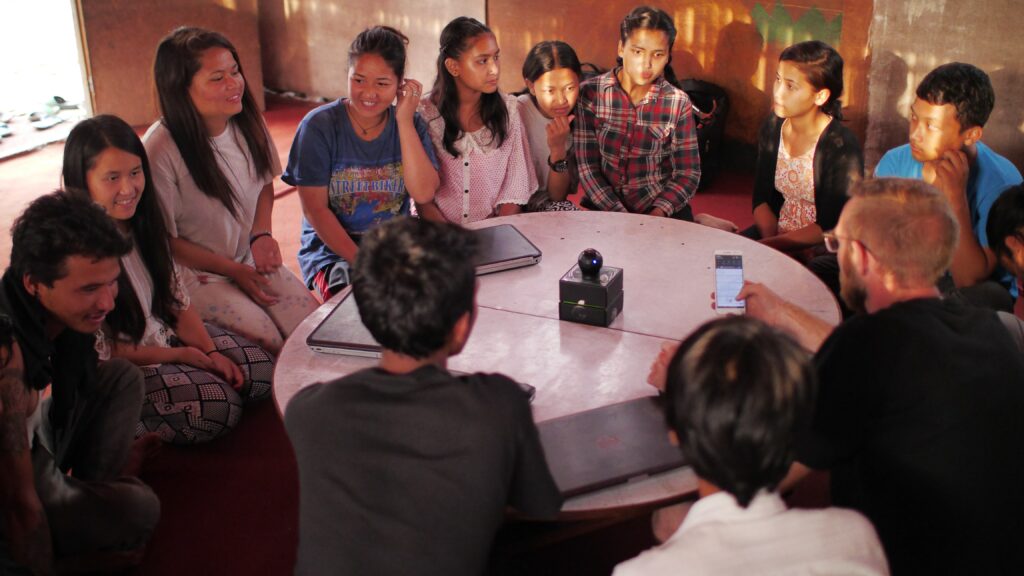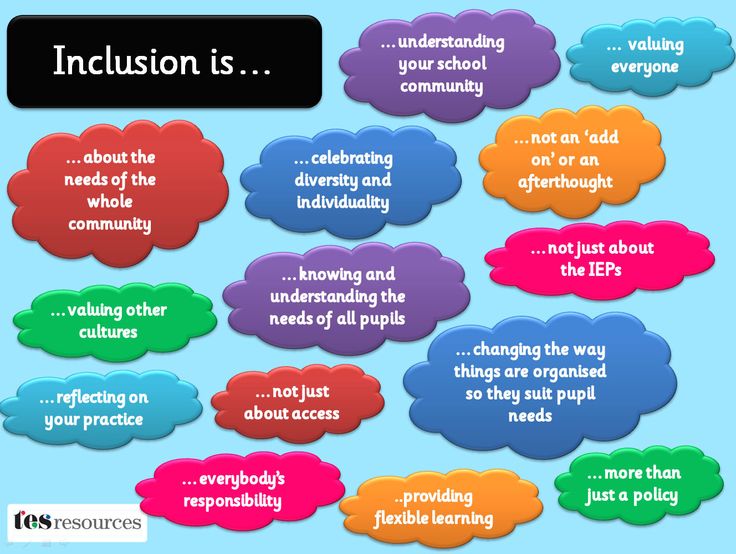
An effective and educational learning environment and PLN consists of techniques that promote interaction, engagement and the attention of your audience. We do not want to bore and overload the brains of our audience.
The benefits of a diverse and inclusive PLN:
- The ability to share free speech with others with common personal and professional interests.
- You can build a sense of self.
- It is a place to be creative, be your full self and spread endless imagination and passion.
- You have various opportunities to connect with other users with different opinions and beliefs that could inspire and introduce you to new ideas.
- When an environment is welcoming, kind and inclusive, people are more content on participating and sharing their thoughts.
- Common respect is shown in a diverse and inclusive PLN, which includes acknowledging the contributions, different backgrounds and views of each member.
- Users are reciprocal, resourceful and open minded.
- By sharing useful information, your PLN grows naturally. Collaboration also creates a common ground and allows others to see your interests. Additionally, genuine interest builds a solid, authentic and inclusive network.
- Social responsibility is the best kind of motivation for establishing a PLN.
The restrictions of a diverse and inclusive PLN:
- It is hard to 100% decipher how people intend to sound in what they post which can spread miscommunication. For example, if someone were to send a message with a period at the end, some people could see this as normal communication but some could see this as the person being angry. Therefore, we should be aware of this and adapt our messaging accordingly.
- Fake news is out there and a PLN could spread false information and dangerous measures.
- Online communication tends to promote non-personal, short and non-detailed ways of communication so this could leave readers confused, misinformed, and with short-term connections.
“You are the expert of your own lived experience”
Markiel Simpson
Looking at Markiel Simpson’s PLN:
- Markiel Simpson is an amazing individual who is involved in a majority of alliances, organizations and political leanings.
- With these alliances, he is able to build connections not only for himself but for other people within his PLN who are searching for support and personal or professional opportunities.
- Being involved with an organization called BC community alliance which is a non-profit dedicated to dismantling systemic racism, and being the lower mainland rep for the BC NDP’s Indigenous black and people of color committee, Markeil is able to connect with many individuals in these groups and refer others with similar interests and backgrounds to this PLN.
- An important point that Markeil makes is that no matter who you are, you can make a difference and your voice is the first step.
- With these diverse PLNs spread all over Twitter, Instagram, Facebook , etc, people are talking and the message they are trying to project gets seen and shared with many users. For example, with Canadian black history, conversations are happening where people are talking about it or have talked about it. Individuals are branching out and expanding their PLNs which helps bring attention to important conversations and events. (Even using hashtags creates traffic and conversations!)
References
Miller & Simpson. (2021, June 1). Jesse Miller: EDCI – 338 MARKIEL SIMPSON [Video]. Youtube. https://www.youtube.com/watch?v=rsoDHGaXNNs&feature=youtu.be.



Recent Comments